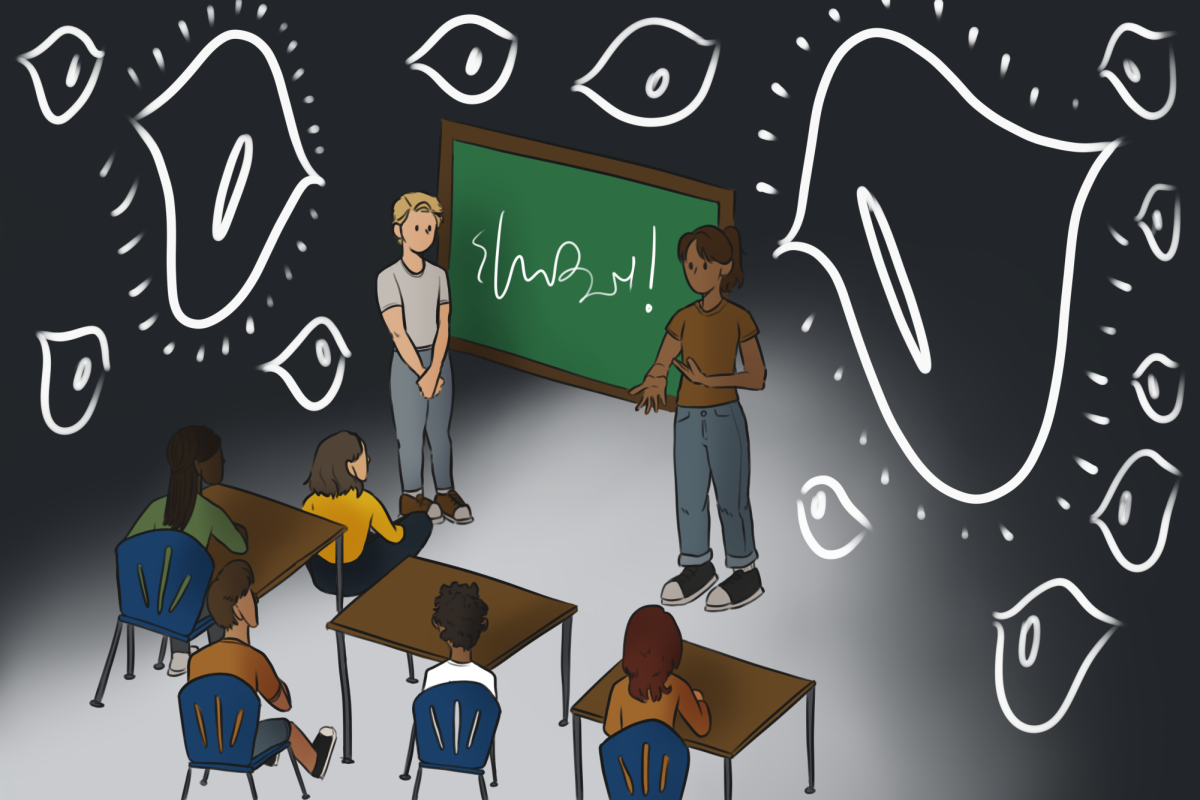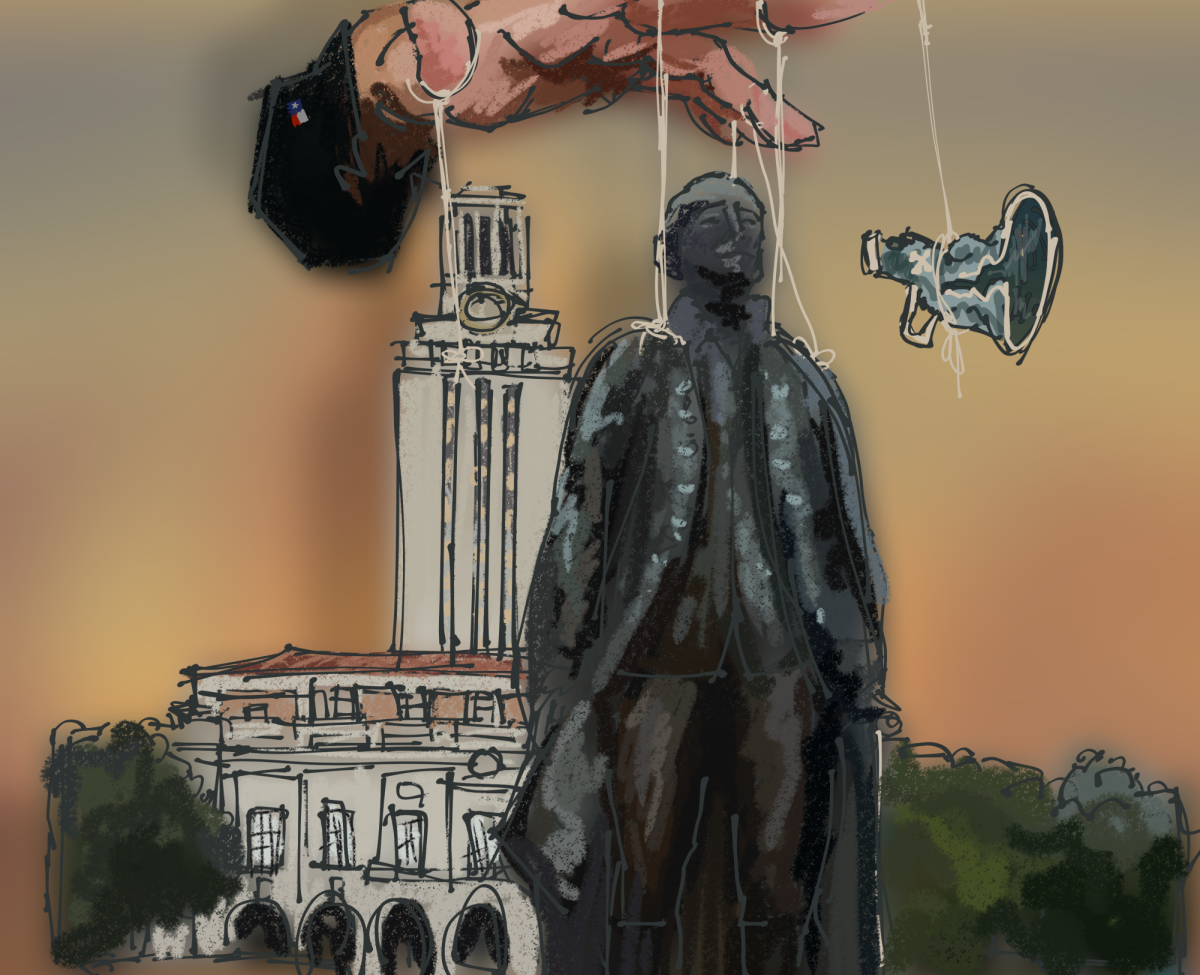Following the acquittal of Officer Jeronimo Yanez, the Minnesota police officer who shot and killed Philando Castile during a routine traffic stop over a broken tail light, I ask, why do American enforcing bodies guarantee more humanity to ISIS insurgents than Philando Castile, Bryce Masters, or myself?
The answer lies in the bodies governing the rights of enforcing agencies interacting with citizens (Department of Justice) and non-citizens (Department of Defense). American soldiers fall under DOD jurisdiction, requiring them to strictly adhere to international Law of War. The DOD has a directive called the Escalation of Force, which its various branches have adapted. Each branch of the military goes through extensive training in EOF protocol; its violation in the field can be grounds for punishment both internally and internationally.
While the DOJ doesn’t explicitly regulate EOF protocol among police departments at a national level in the same way as the DOD, almost all police departments from municipal to state level have their own respective protocol and associated training. This begs the question: Why are so many police officers left unpunished in seemingly black and white cases of police brutality or negligence?
The answers lies in the subjectivity of the touchstone Supreme Court case Graham v. Connor, which resulted in the colloquially dubbed Graham vs. Connor Three Pronged test. The test accounts for three criterion:
-
severity of the crime at issue
-
whether the suspect poses an immediate threat to the safety of the officers or others
-
whether he is actively resisting arrest or attempting to evade arrest by flight.
Does an unarmed 16 year old running away from a house party qualify as evading arrest? Does that justify a bullet in the back? If one were to use the three pronged test, it’s hard to say. Though supported by Fourth Amendment, the test is porous and subjective. Updates and new rulings have strengthened the ability of officers to use firearms without providing any guidance on if and when to use them.
Admittedly, officers should be able to perform on the job unhindered by bureaucratic red tape. In the wake of numerous controversial cases of questionable police use of force, many departments have begun adopting de-escalation tactics. These efforts have been supported by the DOJ and have shown marked success.
De-escalation policies have proven beneficial to officers on duty, enabling community outreach, making them available for departmental incentives and keeping them on the positive side of the public radar. In many cases that spark national interest, the public outrage and legal ambiguity can cost more than an officer’s job, it can cost them their lives.
But it’s not a victory in police reform. It’s a start.
To save citizen’s lives, de-escalation procedures need to become official policy such as in the DOD. Rather than be given a firearm and told when to use it, officers should be directed on how to avoid using it altogether. The fragility of this topic in the national eye dictates that it’s far beyond time for individual departments to adopt de-escalation policies. The change needs to be regulated from the top, and it needs to happen soon. The question of when this reform will occur is no longer being measured in time, but rather in lives.
Batlanki is a neuroscience sophomore from Flower Mound. Follow him on Twitter @RohanBatlanki.





















